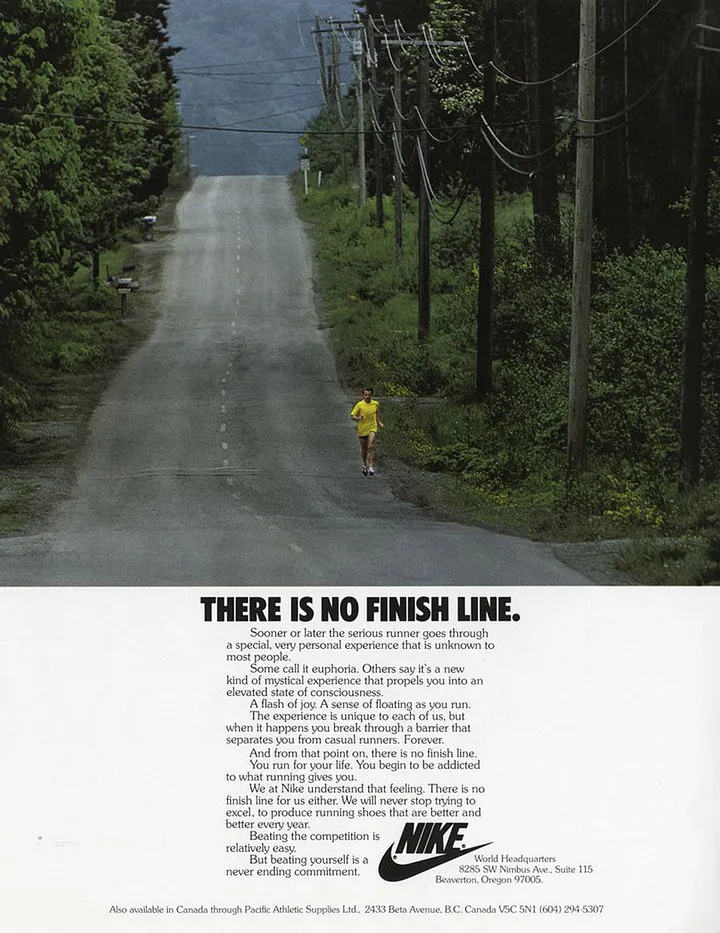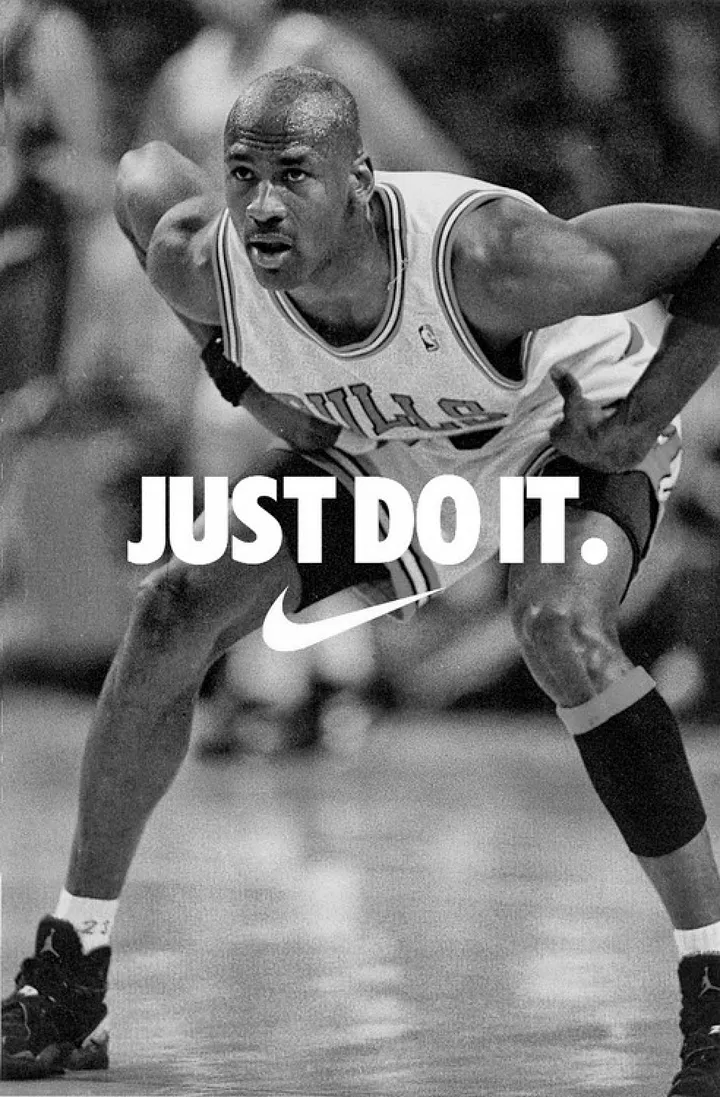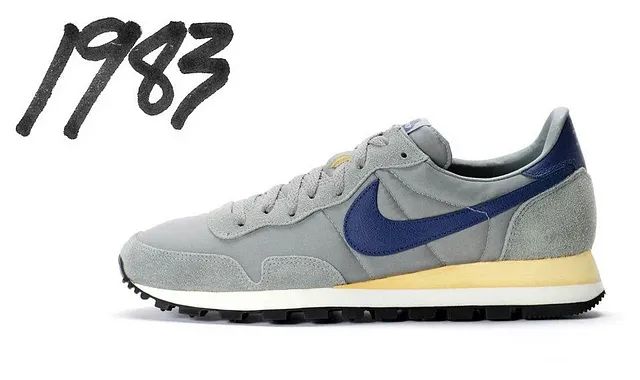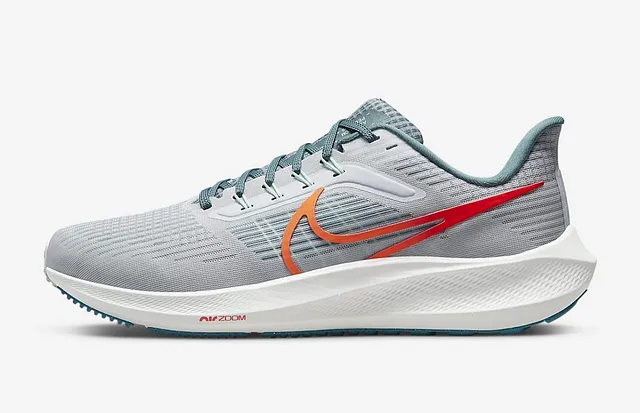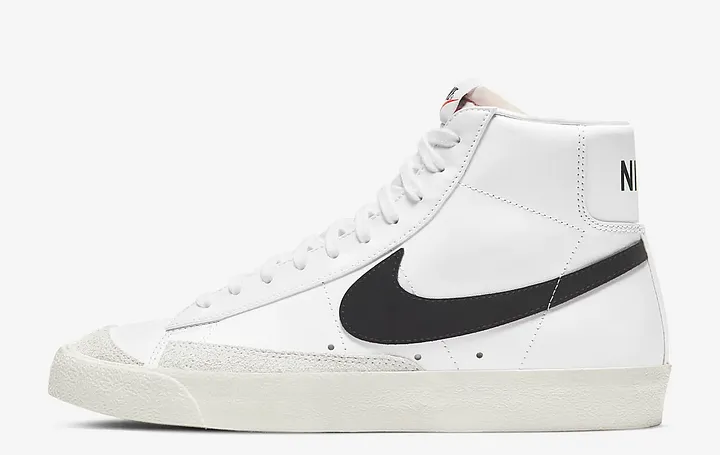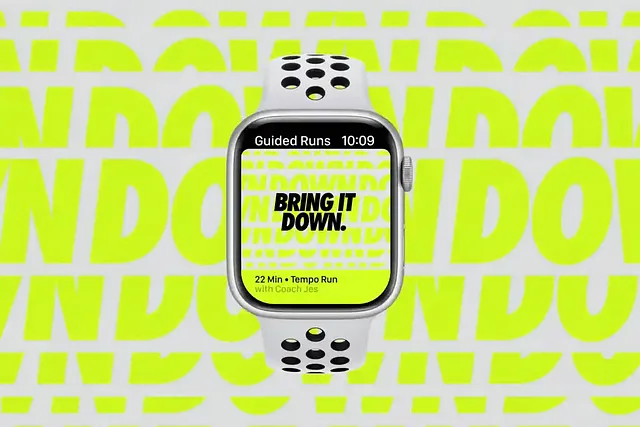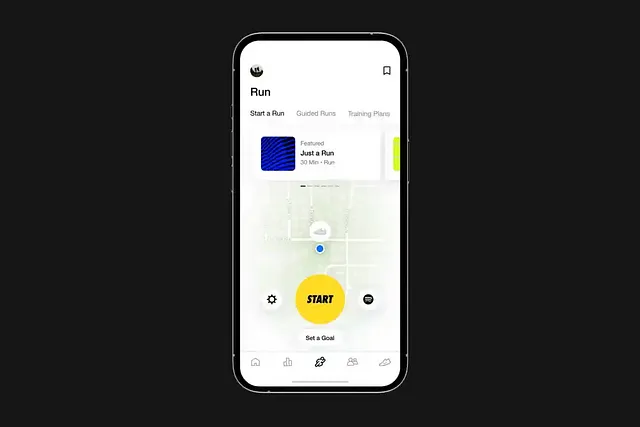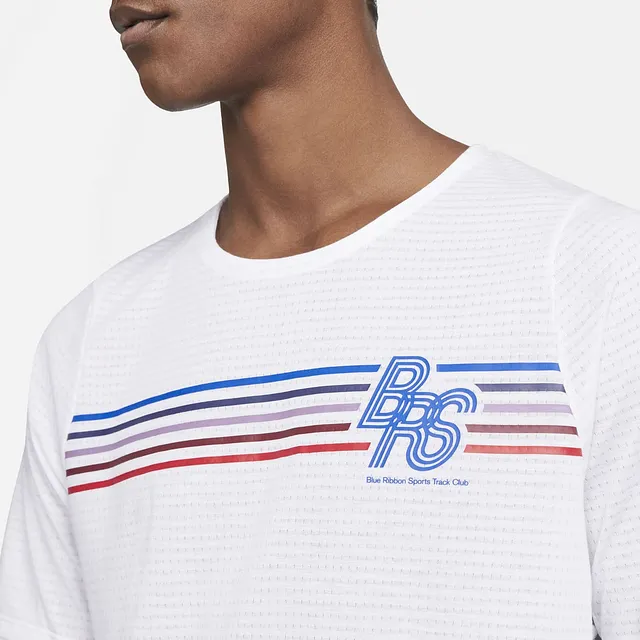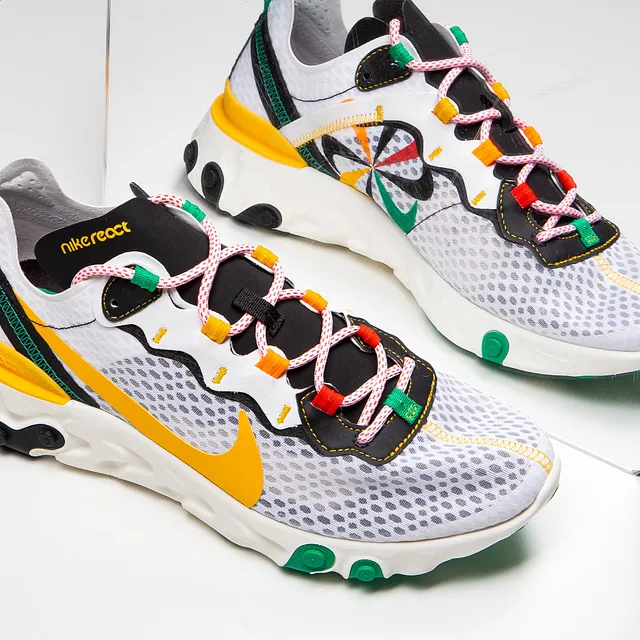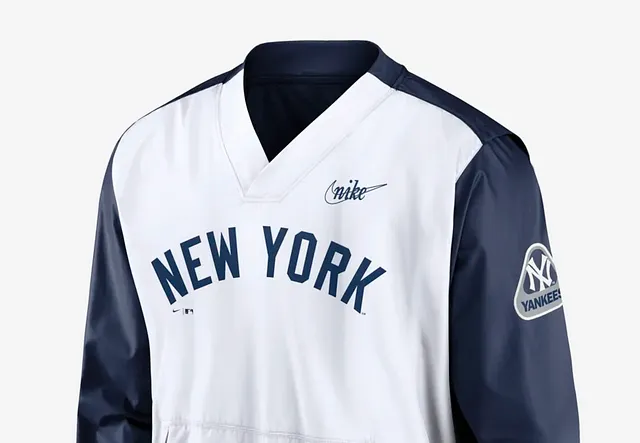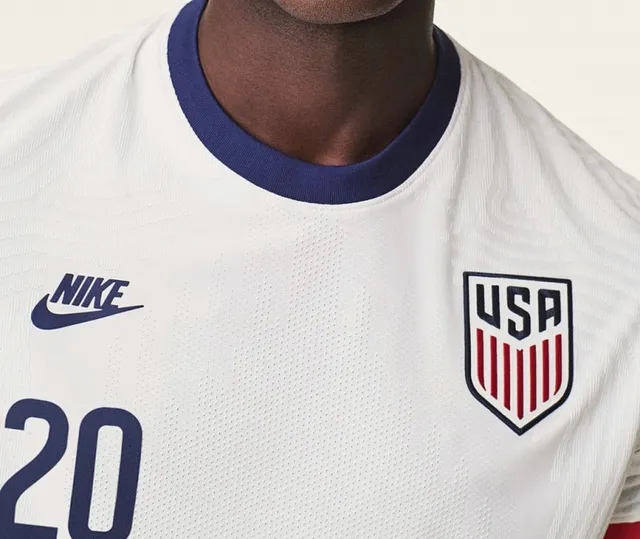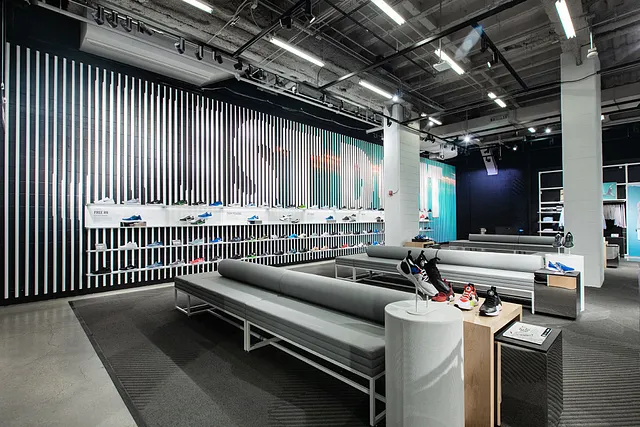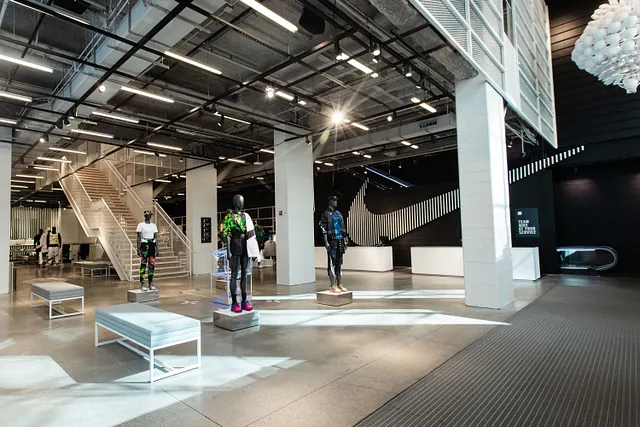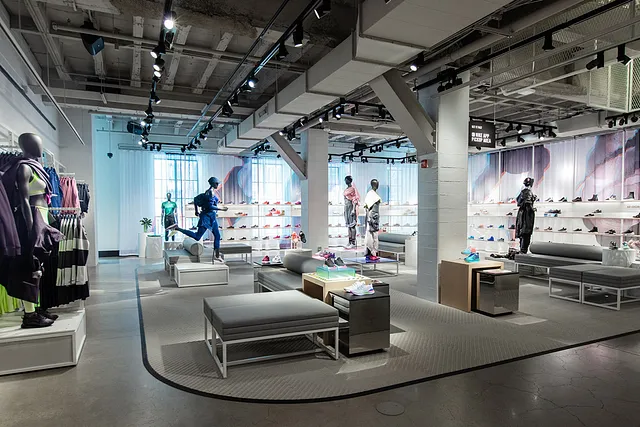the unique user experience of nike
published june, 2022
1. empathy is everything
After Blue Ribbon Sports separated from Onitsuka in 1971, they quickly rebranded to Nike and launched their first shoe. By 1980, Nike had captured 50% market share in the U.S. athletic shoe market. This was thanks to their very first marketing campaign “There is no finish line.”
This first campaign featured no products from Nike. So why did this work to capture half the entire U.S. market? Well, Nike understood something that Adidas and Puma didn’t. Knowing your audience. Blue Ribbon Sports had created a grassroots community in Oregon. They interacted day in and day out with their consumers. What they liked, who they where and why they wanted good sports equipment, especially for running. With this information, along with collaboration from a marketing firm, they created an immensely effective campaign. Taking very simple photos of people running in a couple different environments. The main one of a man on a plain, empty road, encapsulated by nature giving the feeling of how running, especially running with Nike, will make you feel. How it will affect your mindset to believe that the finish line never truly approaches. It showed the attitude and lifestyle of the athlete, overcoming obstacles, trying hard to win. This ad is clearly aimed at runners and defined Nike’s ethos with customers. Because Nike emphasized with its potential customers this ad was a hit.
The second round of ad campaigns was the Just Do It ad. This campaign aimed to target a much broader audience, all Americans. Regardless of age, gender or physical fitness level, Nike’s objective was to represent that all demographics can be athletes. Nike saw the shifting tides of modern fashion and started to produce streetwear. With the success of this campaign, Nike started to associate it with regular clothes they started to produce as well. This created a staple in their current business today. Nike no longer associated itself with just sports gear and activewear but now they were premier streetwear producers as well. This cracked open their business. From only a niche of highly active athletes to anyone who believed they can be more active.
2. products speak for themselves
The first product ever released for Nike was the Waffle Trainer. A shoe inspired by a waffle iron of co-founder Bill Bowerman. Although the shoe had its issues, being too tight and didn’t have any support, you can’t expect to strike gold on your first swing. It took another 14 years of iterations and communicating with top athletes and consumers to finally create a flagship model, the Pegasus. To this day, the Pegasus is the top of the line running shoe produced by Nike.
This was the first product Nike made that was accessible enough for an average person. Not an athlete, not an enthusiast but for anyone. Whether that be a father who works at a desk all day or a single mother who wants to be more active. Every day consumers finally had access to the same technology that top athletes who won Olympic Gold medals were using. This spoke volumes for consumers, especially runners. This distinction established Nike as not only a premier sports outfitter but also a sports research company.
Soon, Nike expanded to other sports, first being basketball. In 1972, they produced their first two shoes. The Nike Bruin and Blazer. Since their release, the Blazer has become a streetwear icon and it has remained constant. There are a lot more elements to consider when creating a basketball shoe compared to a running shoe. You have to worry more about ankle stability, creating friction so you can stop on a dime, and complete foot lockdown so you don’t cause any injuries. There are also different technologies that provide advantages for different positions. This is why creating a model that would stand the test of time took longer than 14 years. Currently, there are three main shoes the Lebron, KD, and Freak (for Giannis). All three of these have different technologies that allow players to have different play styles on the court. This develops a unique relationship between Nike and its athletes buying these shoes. Not only do you get to chose which type of play style and technology is right for you, but you get to wear the exact shoes top athletes are wearing and winning in on the court right now. That influence is priceless.
3. graphic design changes minds
When Blue Ribbon Sports departed from Onitsuka, the first thing they did was change their name to Nike and create a new logo. The logo that was created was the infamous Swoosh. Commissioned by Nike to Carolyn Davidson for only $35, the Swoosh is now one of the most recognizable brand logos in the world, valued at $26 billion alone. Nike co-founder Phil Knight, was adamant that the logo needed to be a simple design that is fluid and conveys a sense of motion. The design also symbolized Nike’s, the Greek god of victory, wings. This allowed for a deeper meaning when looking at the logo. Not only does it have the impact and visualization of speed and movement, but it represented victory. The Swoosh made its debut on Nike’s first official track shoe, the Nike Cortez, at the U.S. Track and Field Olympic Trails in 1972. To grab attention, the logo was colored mainly in red and white on the shoe. The red is meant to exemplify passion, energy, and joy, while the white represented nobility, charm and purity.
Design principals are essential when entering a new space. Streetwear was definitely a new dimension for Nike at the time. They focused on pushing sneakers in the 80s as fashion statements. Some of the most iconic models were released such as the Air Force 1 and Air Max 1. But how did they break into this market? Piggybacking off of a marketing campaign so successful it’s still ongoing today, 40 years later, Just Do It (JDI). JDI can be considered the campaign that brought regular people into the fold of Nike’s universe. This was so successful because Nike showed regular people that you don’t have to be athletic in order to feel like an athlete. They revealed that you can be a part of this fitness/active journey without having a fitness background yourself. This was incredibly appealing to new customers. It also helped that Nike was pushing designs forwards. Trying new things. Being exposed and vulnerable with some choices they made.
From Nike Pro Services to consumer apparel, Nike’s graphics have kept those same principals. Even the influence of an app on your phone like Nike Run Club. The big bold font and simple icons allow you to not be bogged down by trying to figure it out and lets you just go. And if you need a little push, you can do guided runs. An incredible experience for first time runners or runners who need someone to guide them on how to run.
The same goes for bringing back old logos that aren’t used as often. When reviving a logo and putting it on different items it gives the sense of being a part of that time period. Since the foundation of Nike was built in the 70s, being able to wear something that represents that time period is priceless. Translating the feeling of creating something from the ground up. Creating something that’s completely new and excites people just from a different logo style. By being consistent with the feeling of the logo, Nike is able to stamp their influence wherever their products are featured. When you see a Nike logo or article of clothing, you get the feeling that you have the potential to perform at the same level as top athletes, the only obstacle is you.
4. futuristic in-store experiences
Nike does something very different with their retail spaces. When walking into a Nike store, you don’t feel like it’s a store. The way they’ve setup their products, hanging off the walls, big promotional setups, LEDs, and even lounging areas, it’s almost as if you’re there to evaluate new technology. The simple hangers and open spaces only add to that effect. As if you’ve just walked into your own personal sports lab. This creates such a unique experience for customers.
5. top athelete influencers
Let’s be honest, Nike wouldn’t be where it is today without the influence of top athletes wearing their gear. The most notable being Michael Jordan. This was around the time when Nike had just started getting into streetwear. They needed another way to empathize with their audience, a North Star. For basketball and streetwear, that was Jordan. Because of this partnership, Nike was able to sell way over their projections of Air Jordan 1’s. In the first year, they sold $126 million versus the predicted $3 million. This changed Nike’s identity into a mainstream shoe, previously only thought of as a track shoe. Nike’s became a popular culture must have sneaker. Nike understood the impact that having a prominent figure would have on their business. They realized that people would connect to a standout basketball player and willingly come into the world of Nike.
The other notable athlete that has been signed to Nike is Tiger Woods. Nike struck a deal with Woods in ’96 and their partnership continues today. Before this, Nike had created golf shoes starting back in 1984. It wasn’t until this modern era where Nike focused on golf apparel. Through the influence of Woods, Nike started designing new golf attire to allow for better performance. This allowed for the household name of Nike to be seen also on the golf course. Today, Nike is one of the top producers for golf apparel.

